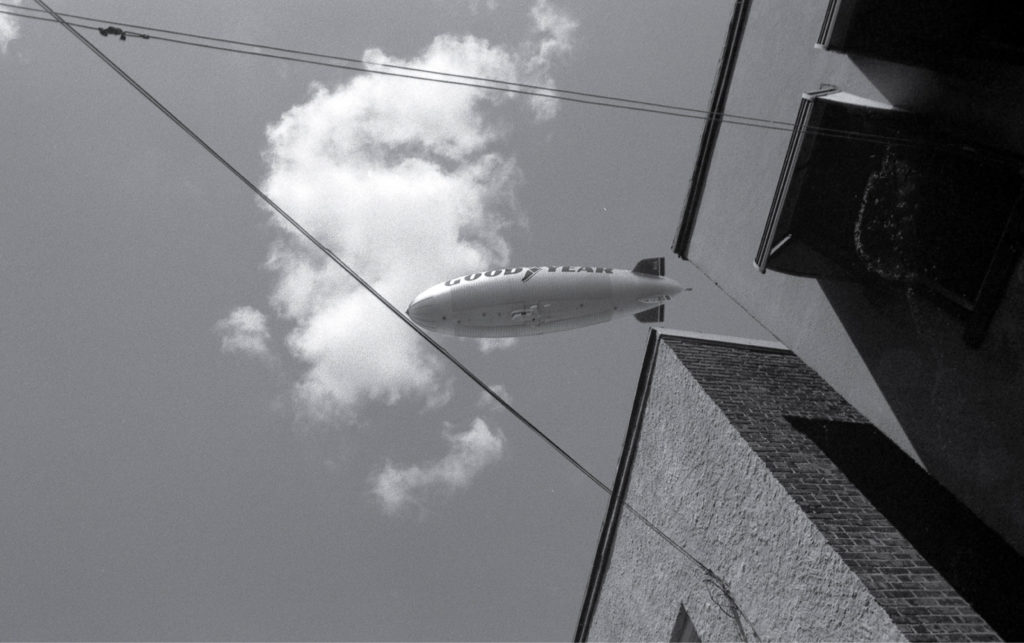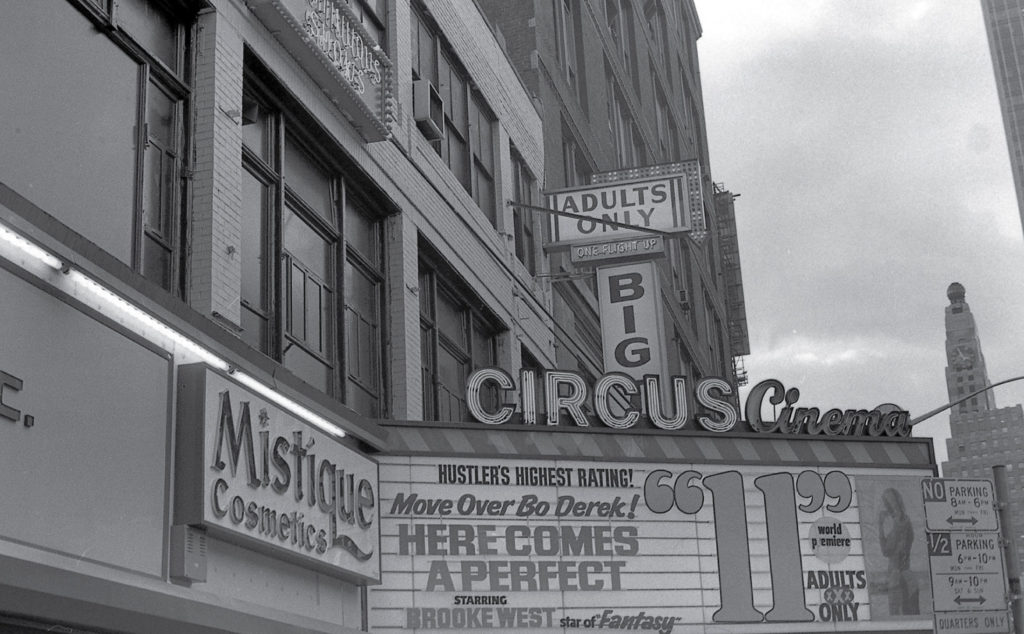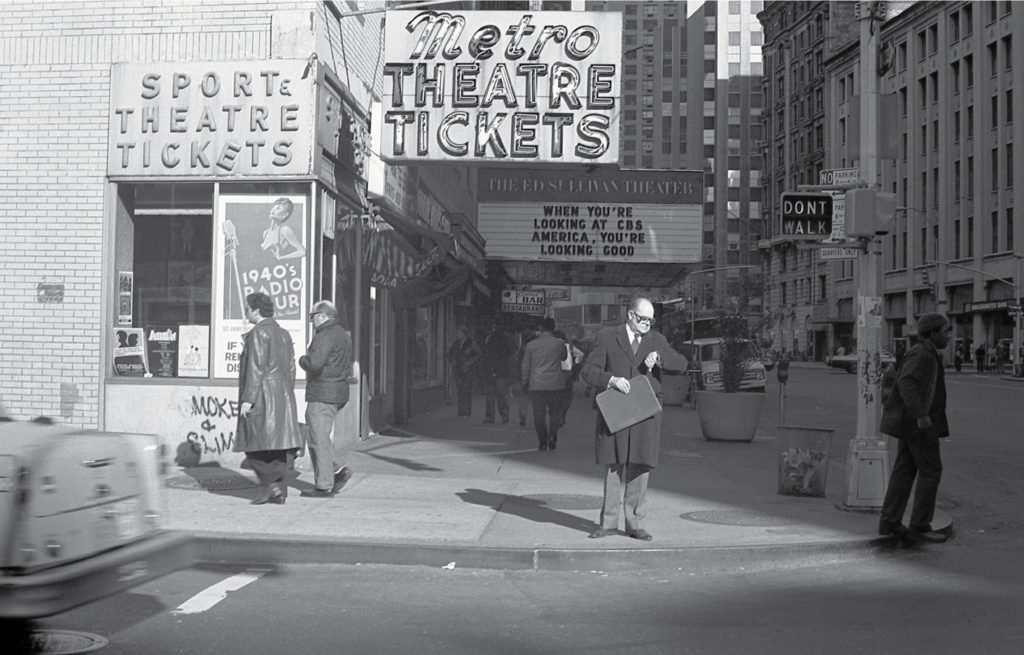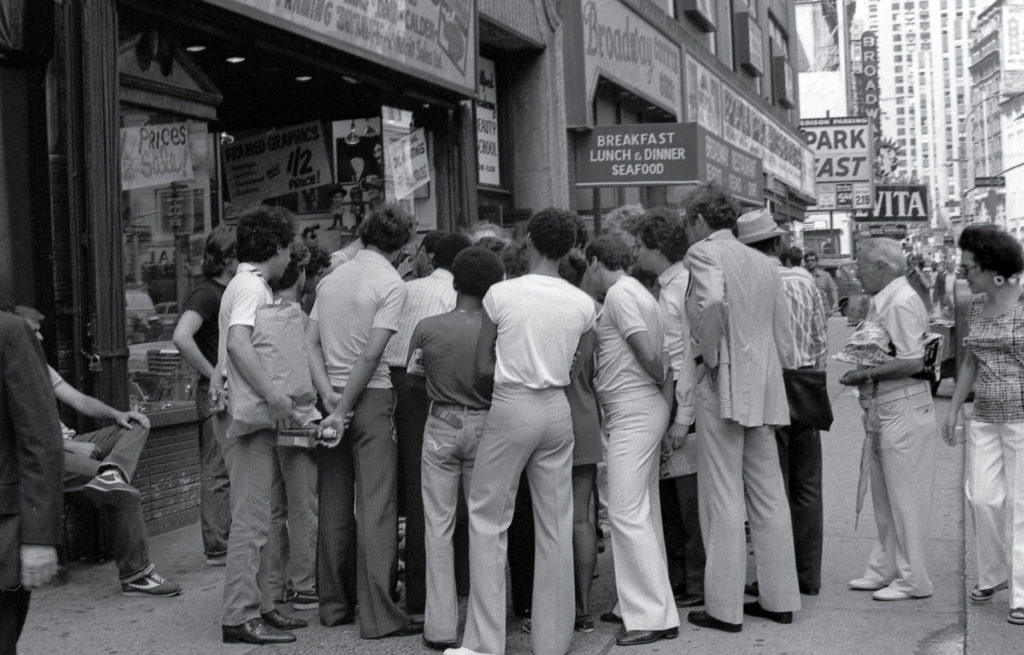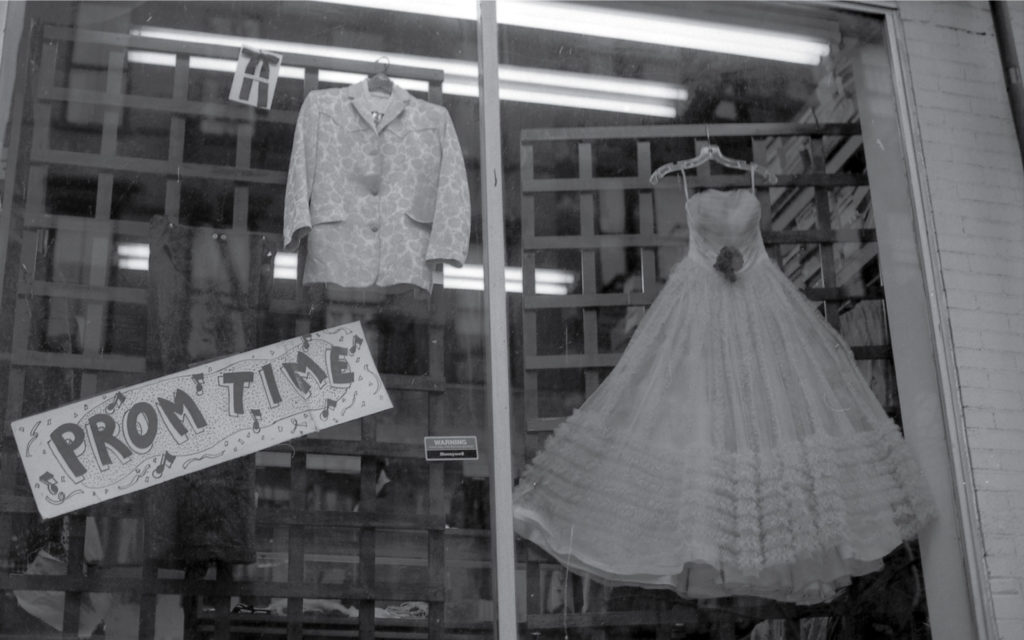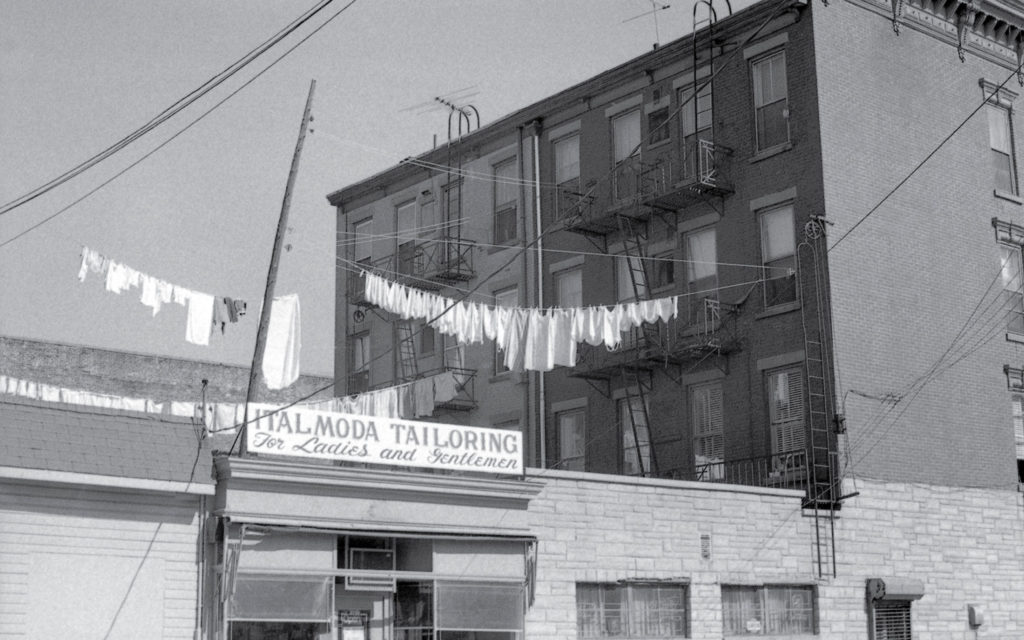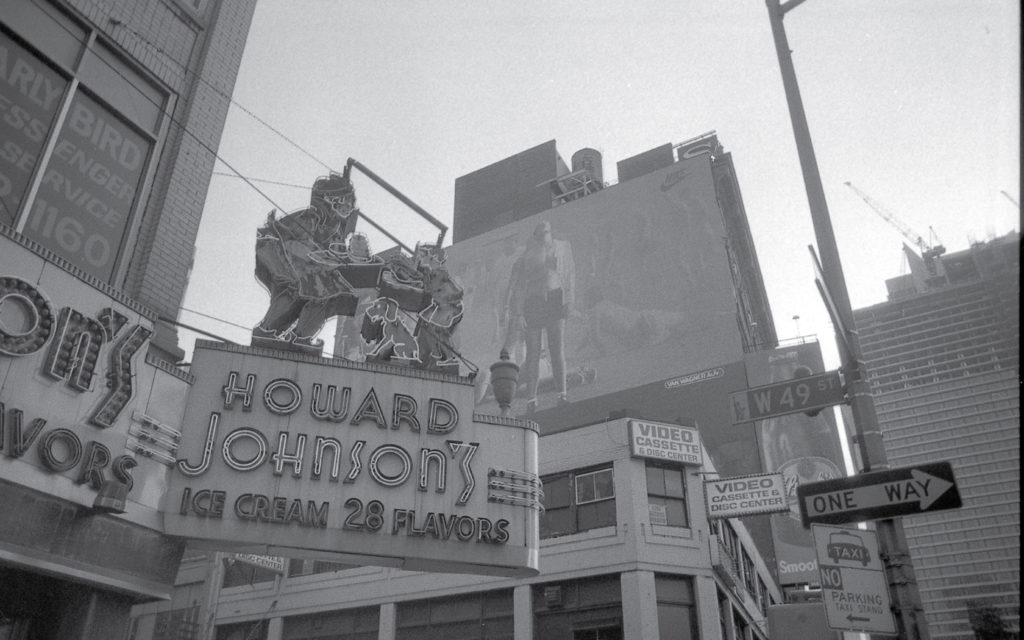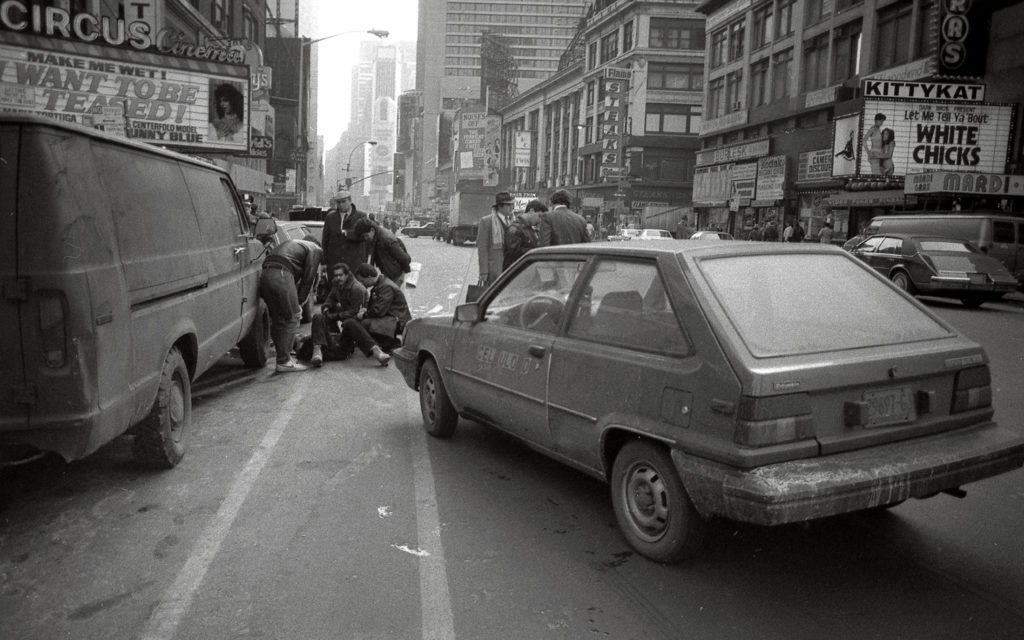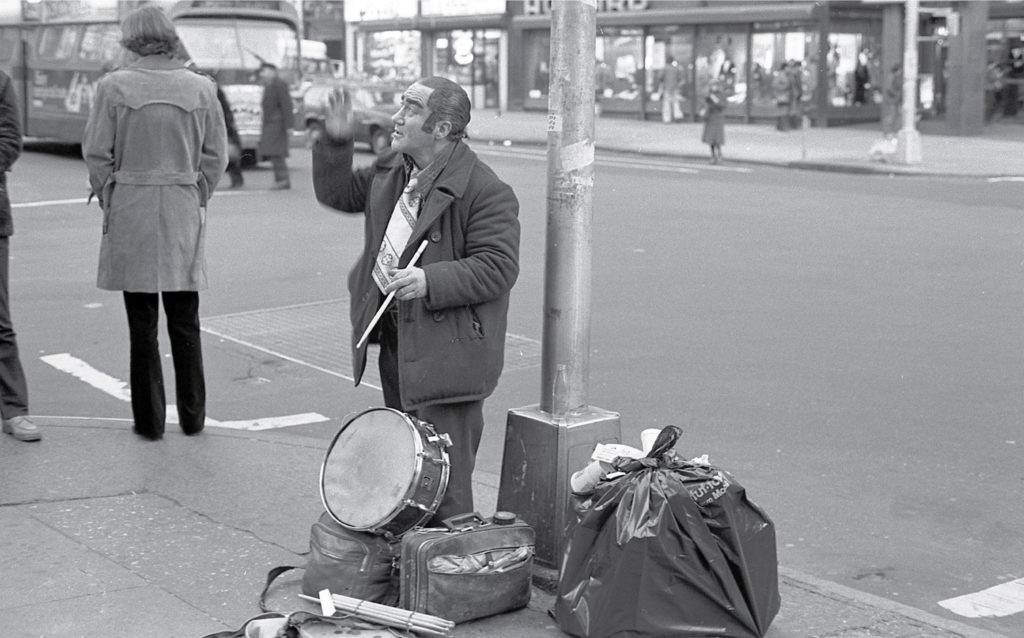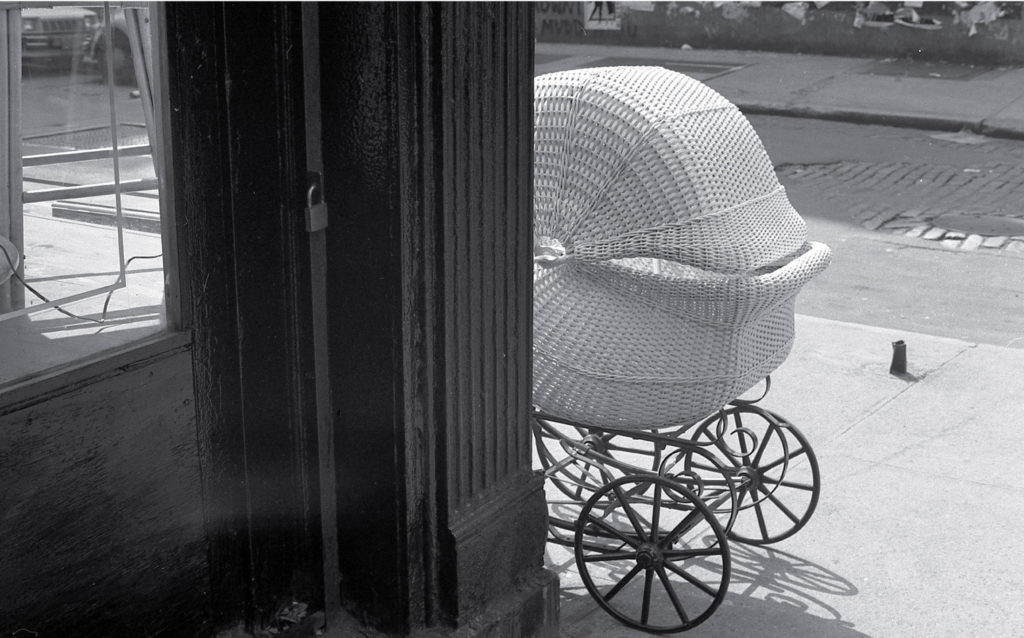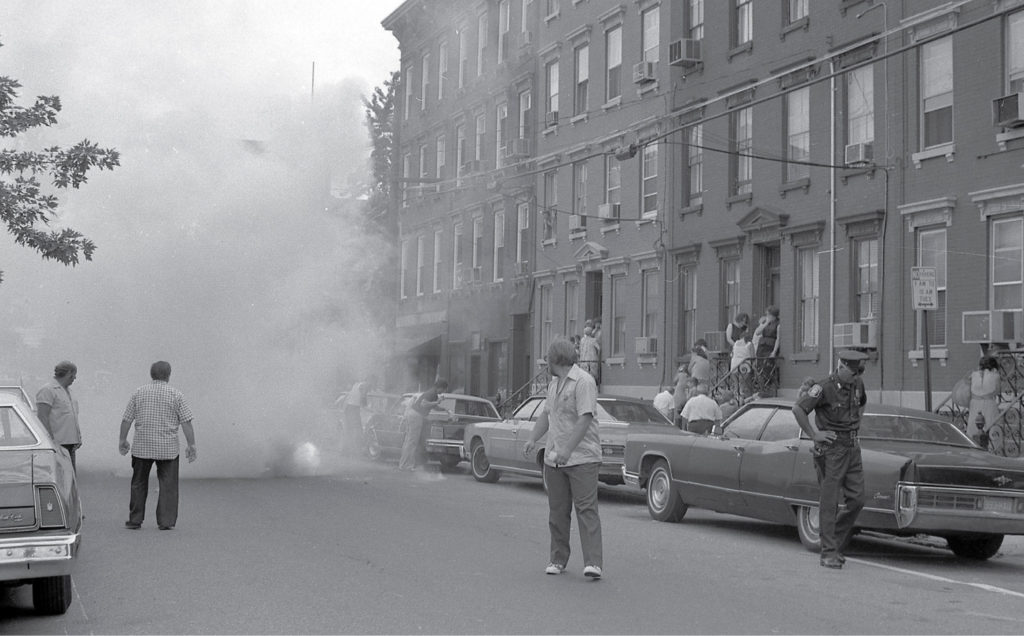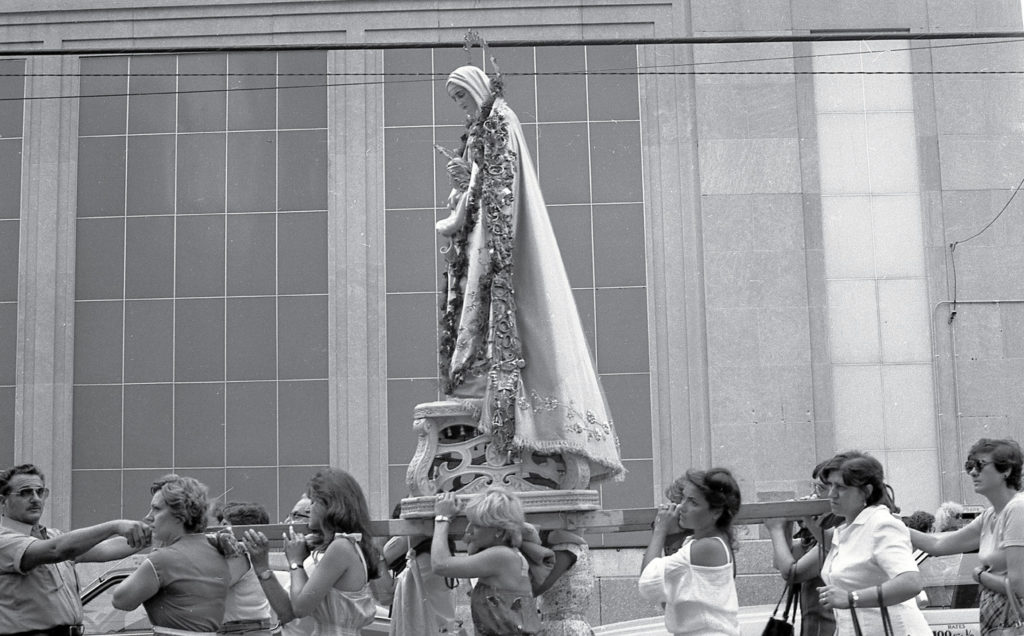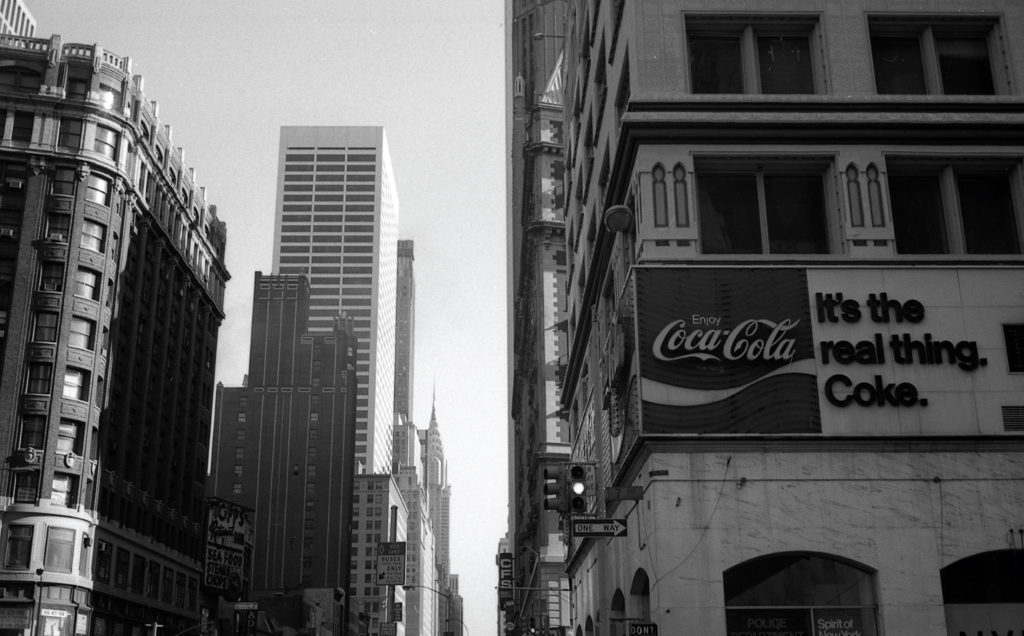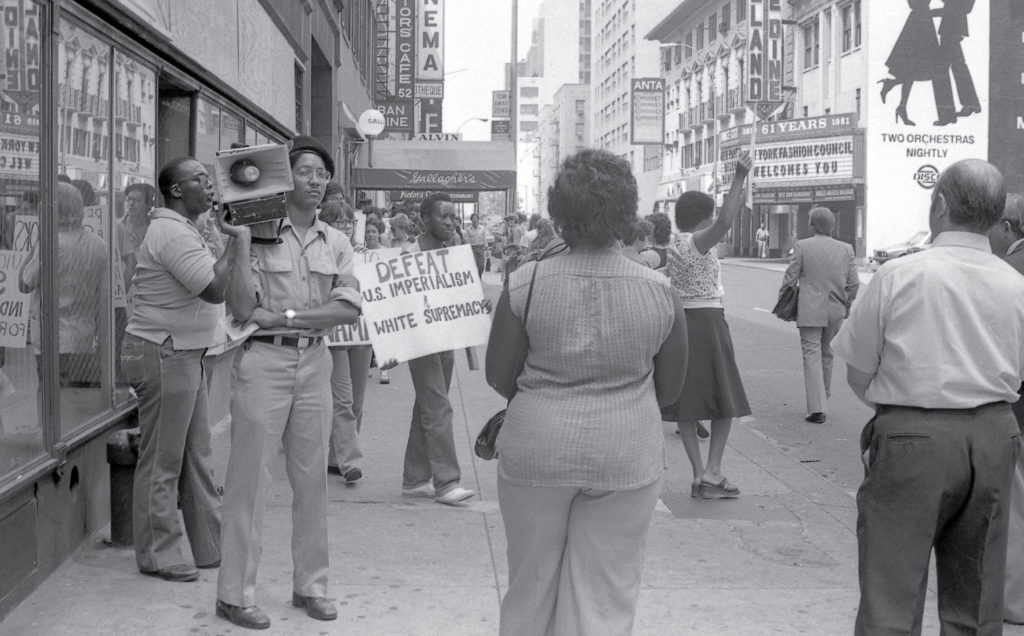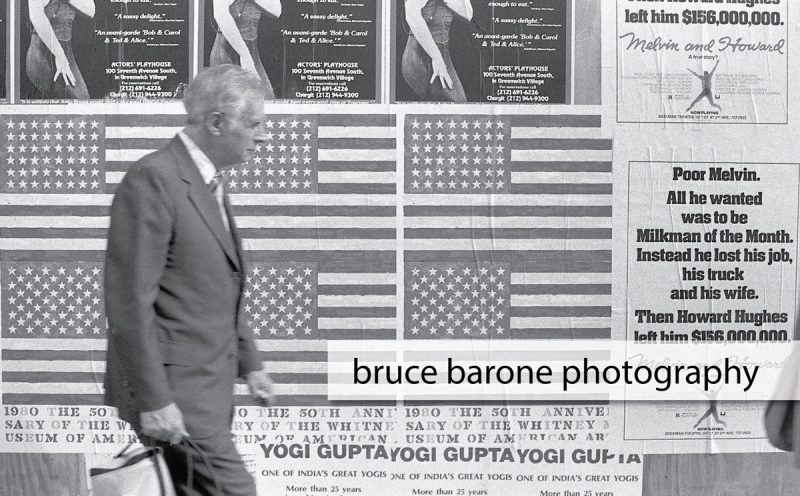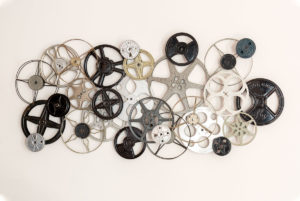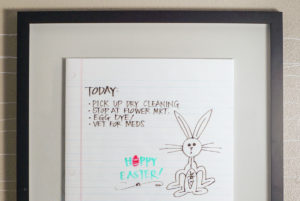As you may know, May is Photography Month. It’s no secret that I love photography and this month I will be spotlighting a few very talented photographers. I am very proud to present the work of my friend, Bruce Barone.
We caught up with Bruce and asked him a few questions…
TN: What got you started working in photography?
BB: I was given a camera when I was a child. I always had a profound interest in nature, in what you might call, the spiritual. In college I studied Art History and later discovered people were truly moved by what I saw and shared.
I worked at Hearst Magazines as a corporate photographer, thus these images of NYC. I think my nature, portrait, and documentary photography is my calling, my ministry.
TN: What is your favorite type/subject of photography? (headshots, landscape, animals, etc.)
BB: Today I might say nature and tomorrow I might say portraits. Nature is where I often go as one might go to church. But I have a spiritual connection with people and love photographing them. As a pianist might practice playing Chopin one day and Beethoven the next, I too work every day to express myself. My documentary one might say is “about seeing,” be aware, a zen state, if you will.
TN: Who or what influenced you to become a professional photographer?
BB: This is a difficult one to answer. I might say God influenced me as I truly believe I was born with a gift of sight. But a more concrete answer would be to say the feedback I get day-in and day-out to my work; as I mentioned it is my ministry, my calling. Also, as an Art History graduate, I call on a wealth of art knowledge.
TN: When you finish a project or assignment, do you find it difficult to find or start a new one?
BB: No. I always have numerous projects in the works.
TN: Do you sell any of your work? for artwork/magazines/newspapers?
BB: I sell to private buyers for display in their home or office. I have worked
with interior designers to both photograph their projects and sell images for
installation. I would like some magazine work but have not yet received any.
TN: What is your favorite location to photograph?
BB: Honesty, wherever I am.
TN: If you could go anywhere in the world to take pictures, where would you go?
BB: Back to New York City or up into the mountains.
TN: What type of equipment do you shoot with?
BB: Canon cameras and lenses.
TN: Do you have any suggestions for someone looking to go into the business?
BB: First, study and learn about art. Take an online Coursera course (not sure if they offer one in this; I am taking one right now called “Know Thy Self.” Next will be a poetry course.). Visit museums and galleries. Read. Take a few business/accounting courses and marketing. Talk with other photographers. If you can, find a mentor. Get outside!
Below is a gallery of images from Bruce’s upcoming book Famous People Famous Places.
An excerpt…
Bruce Barone’s photographs are among other things annals of a former world, one which was documented so fleetingly and obscurely that I sometimes have felt as if it existed only in my imagination. More than once I’ve needed visual evidence of that world and could not lay my hands on any. It seemed to have disappeared, that time that now seems notional even when you are confronted with hard evidence of its existence. It was one of those points of overlap, a purgatorial era–stuck between past and future, between living and dead–a time-slip. American cities in the 1970s and early 1980s were restless ghosts, unable to believe they were no longer alive. They trailed their bricks and stamped tin and terra cotta like winding sheets. They were so dead that for a while it almost seemed as if the poor had been put in charge.
Barone, unlike many photographers of the time, was not trying to make pictures of what he wished existed, or of what happened in protected spaces behind closed doors, but recorded what actually transpired when he walked down the street, in Midtown Manhattan or in Hoboken. Midtown meant the greater Times Square, of course, and at that time it consisted of dollops of hustle and danger ladled out here and there along a plateau of inertia. It was on the nod much of the time, but could wake up angry…….
……Barone’s photographs catch the distinctive silence of the era, its somnolence, its vague menace–
Bruce Barone……shows all those aspects of the time that the punks fed on but ignored. His portrait of the lost metropolis of twenty-five or thirty years ago is appropriately elegiac, like a slow passage for unaccompanied cello.
~Luc Sante
Learn more about Barone and see more of his work at www.brucebarone.com.
